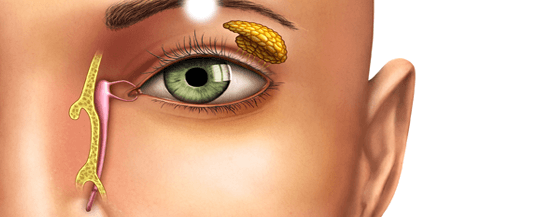Facts About Dry Eye Treatment
Dry eye is medical condition of the ocular surface that affects tear production and the quality of your tears. Patients with dry eye may complain of stinging, burning, itching, redness, irritation, or discomfort. Your vision may be blurred which causes difficulty reading, blurriness at your computer, blurred while watching television, or you may have difficulty seeing clearly while driving. These symptoms might worsen throughout the day.
There are two main types of dry eye. One occurs when your eyes do not produce enough tears. The second type of dry eye accounts for the majority of diagnoses cases. It occurs because of poor tear quality. Poor tear quality develops when the Meibomian glands don’t produce enough oil or high-quality oil. This will cause the watery layer of the tears to evaporate more quickly.
Finding the right treatment to reduce dry eye symptoms can involve trying different products and approaches. Warm compresses or eye massages to unclog the glands is one method. Another method could include the use of an anti-inflammatory such as steroids or omega-3 fatty acids to reduce inflammation of the glands, or oral or topical antibiotics. Lastly, a painless procedure performed in office for punctal plugs can be suggested. The puncta, the hole in the corner of the eyelid where tears drain to the back of the nose and down the throat, is plugged so tears can stay in the eye longer.
Same-day appointments
are available.
are available.
At Amerine Eye Care, our goal is to diagnose dry eye early, before significant damage has taken place and while only minimal therapy is necessary. As a chronic condition, emphasis needs to be on managing this condition rather than curing it. Dry eyes will worsen if untreated. Therefore, it is important to recognize and diagnose dry eye early so that the appropriate treatment can be instituted.

Diagnosis & Treatment for Your Dry Eye
Our goal is to properly diagnose and treat your dry eye to help you feel and see better. Our optometric physicians will evaluate you thoroughly. They will educate you to create an awareness of the things in your environment that can exacerbate your symptoms.
Signs and symptoms include:
• Use of artificial tears or eye lubricants
• Eye redness or burning sensation
• Blurred vision that changes with blinking
• Sandy or gritty feeling
• Excessive tearing, watering, or blinking
• Tired eyes
• Contact discomfort
• Light sensitivity
